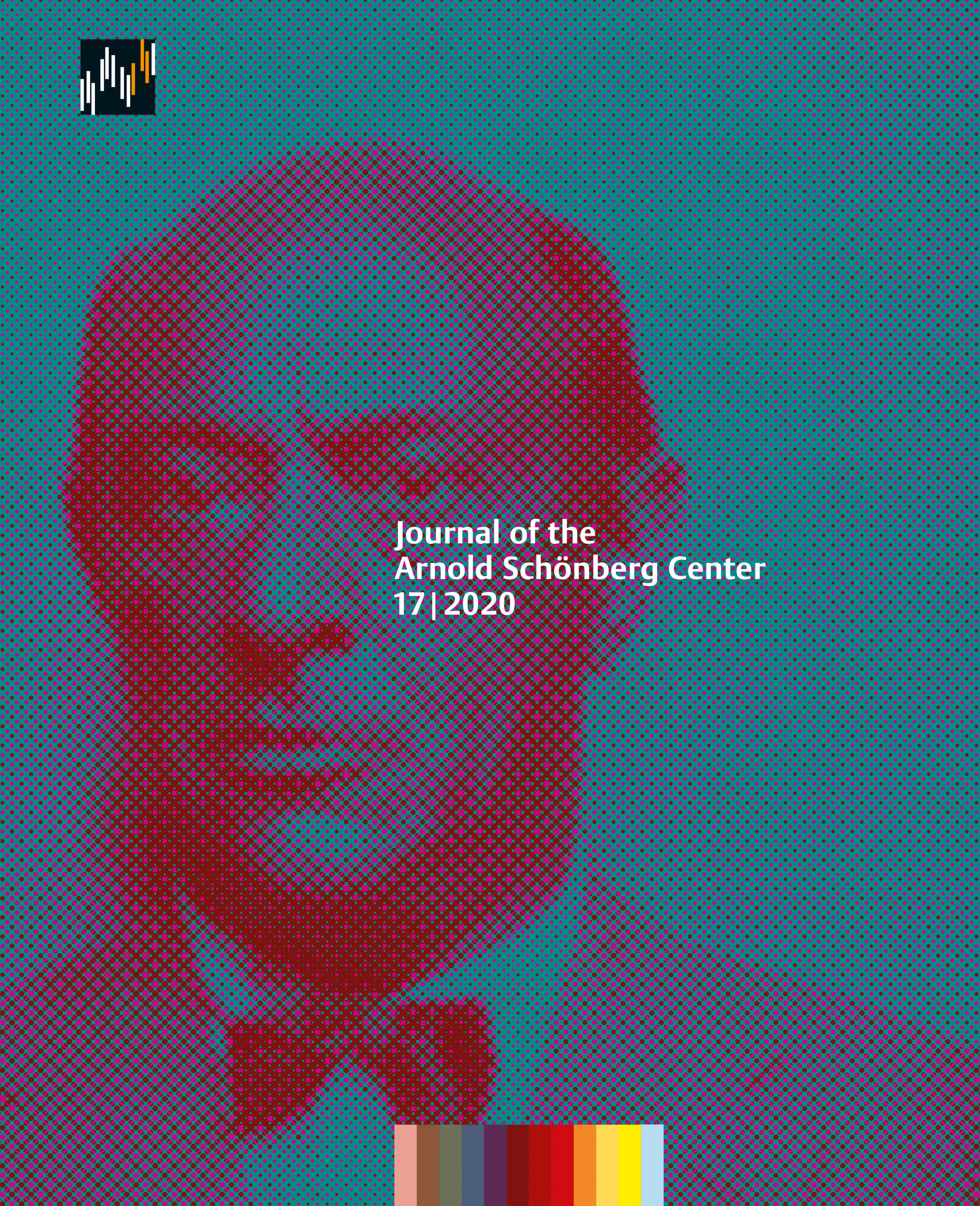In the Alban Berg Nachlass
Analyses of Arnold Schönberg’s Early Twelve-Tone Works
DOI:
https://doi.org/10.70482/jasc.2020.17.65-80Keywords:
Twelve-tone method, Alban Berg, Analyses, Julius SchlossAbstract
This article deals with analyses of Arnold Schönberg's early twelve-tone works, which are preserved in Alban Berg's estate at the Austrian National Library. The focus is on the three earliest compositions from the period in which the twelve-tone method was developed: Five Piano Pieces, op. 23; Serenade, op. 24; Suite for Piano, op. 25. The analyses include twelve-tone row tables and handwritten annotations in the scores, some in the hand of Berg's pupil Julius Schloß. The documents prove to be important witnesses to an early reception of Schönberg's twelve-tone method.


